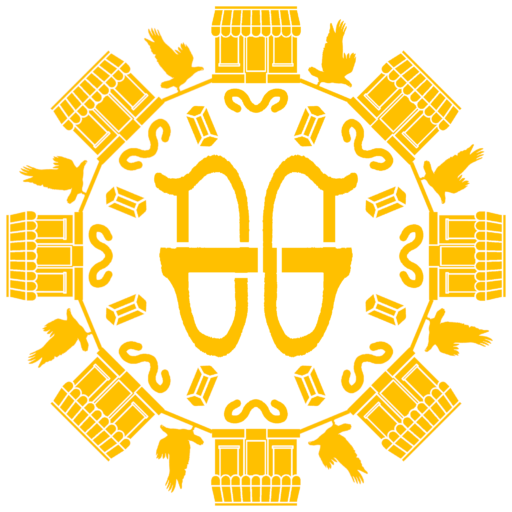Ung Miao Ngian
He was a Hakka Chinese man from the Ng clan in Guangdong, China.
At one point in his life in China, he was set upon by a group of bandits. The leader asked him “You, blue-shirt, are you the third son of the Ngs?” He responded yes, which led the leader to order his release.
Lamsam
Ung’s new name, Lamsam, that he adopted in Thailand means “blue shirt” in Hakka Chinese. It was his way of claiming ownership of that experience by starting anew in a new country. It would have represented his will to survive, which would carry on to his descendants.
Ung immigrated to Thailand during the reign of King Rama V in 1901. He started his business in the timber industry, before he transitioned into rice milling.
Ung’s son, Choti Lamsam, would become his main scion.
One of the scions, Banthoon, is among the wealthiest Thais, who is the chairman of Kasikorn Bank and is worth more than $1 billion.
Sources
- Baffie, Jean (1994). “From Rags to Riches: Discussing Achievements of Some Chinese Families in Thailand”. In Pongsapich, Amara; et al. (eds.). Entrepreneurship and socio-economic transformation in Thailand and Southeast Asia: proceedings of the seminar of Bangkok, February 1993, Chulalongkorn University. Bangkok: Social Research Institute of Chulalongkorn University. pp. 281–96.
- “Banthoon Lamsam & family”. Forbes.
- “Lamsam Family.” Wikipedia.
- Royal Institute (2011). พจนานุกรมคำใหม่ เล่ม 3 ฉบับราชบัณฑิตยสถาน (in Thai). Bangkok: Union Ultra Violet. p. 96.
- Suehiro, Akira (1985). Capital Accumulation and Industrial Development in Thailand. Social Research Institute of Chulalongkorn University. Cited in Chirasombutti, Voravudhi (October 2013). “Some Observations on Migrants’ Acquisition of Thai Family Names” (PDF). Journal of Ritsumeikan Social Sciences and Humanities. 6: 41–52.
- คงนิรันดรสุข, สุปราณี (June 1993). ปีนี้ไม่มี \”บัญชา ล่ำซำ\”. Manager (ผู้จัดการ) (in Thai).
